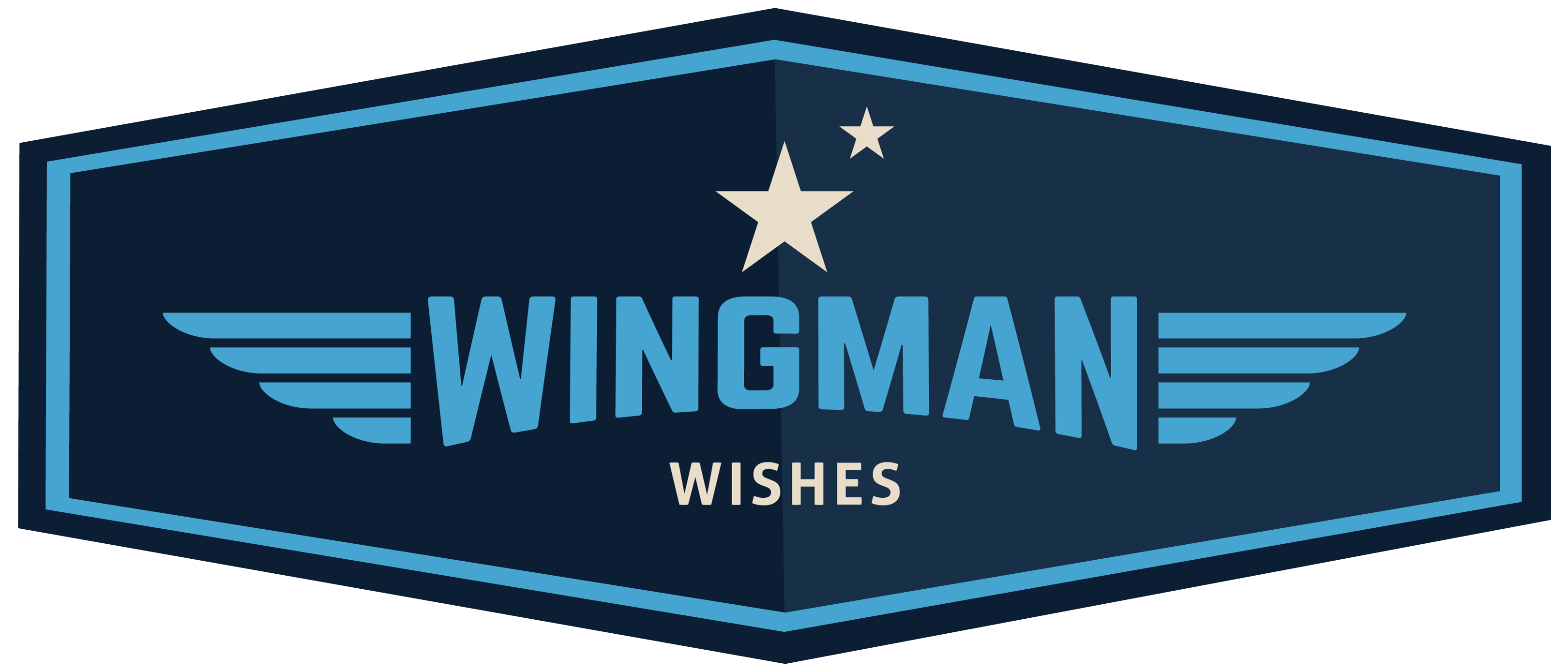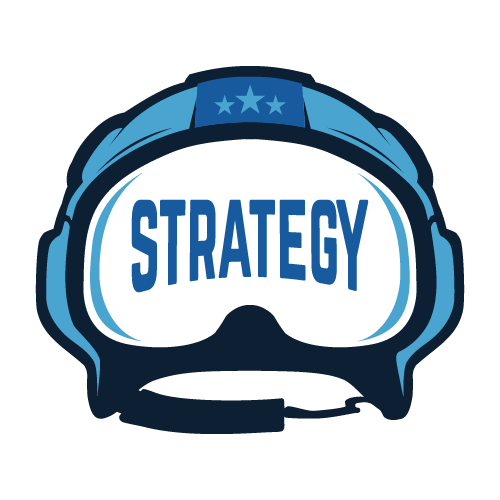Did you know that 69.0% of people in North America have taken advantage of online shopping – or Ecommerce – in the past 12 months. That means two of three of us already see the convenience and wide range of products and services available. This migration of traffic online has led to a dramatic change to the retail industry for good.
It’s no longer a matter of “should you” diversify how you offer your services or products. It’s now a matter of when. Businesses that hop on this Ecommerce wave sooner rather than later will reap the rewards sooner, helping them reach a wider market. You don’t have to be building a global business, but online shopping can help you maximize even your closest local revenue potential.
If you are completely new to the online space or looking for ways to take your Ecommerce to the next level, the Wingman crew have got you covered. Below are our top 4 tips you can start using today to optimize your existing website for effective Ecommerce online shopping.
1. Use the Right Keywords to get your Ecommerce Pages Found
What use is a store that no one can find? Organic search is one of the most powerful ways to attract new clients to your business. Build strategic keywords into your online ads and website copy to rank highly in the search engine results pages (SERPs). The type of keywords you use will depend on your business environment and customer targets. See below for a breakdown of the types of keywords you can use.
Competitor Keywords
These are brand names that customers would typically search when looking for a shop they already know online. By attaching your page and product keywords to established brands that target the same audience, your website will now also show up in the search results of people interested in your product.
Product Keywords
Use words that describe the products you sell to make them pop up in Google searches. They can be brand specific terms like “Wingman Direct Marketing web development services” or more general such as “Web development services.”
Location based keywords
Location based keywords will target potential customers in your geographic area. This is great for service-based businesses or businesses that do local delivery such as florists, bakeries, print shops, and restaurants. Shoppers who are looking to support local businesses from the comfort of their own home will love the convenience of an online shopping option. Search engine algorithms weight local results more favourably but by adding locale labels you weigh the scale even more in your direction. Example: “Calgary Firewood”
Long-tail keywords
Long-tail keywords consist of highly specific phrases that have little competition. Because these keywords are so targeted, they have a high conversion rate than more general search terms. A customer searching for “Pink Glitter iPhone 10 Case” or “how do I get more leads for my ecommerce site?” knows exactly what they are looking for and is likely prepared to purchase the product on the spot when they find it.
Customer-Defining Keywords
These keywords incorporate the target demographic, clearly defining who the product is for. Searches like “digital marketing tips for landscapers” or “custom jeans for women” refine your audience to these parameters.
2. Increase your website’s load speed
Nothing is more frustrating than finding exactly what you want to see and waiting ages for the link to load. Ecommerce is supposed to be frustration free for your customers! The number of customers you’ll lose to the dreaded buffering window goes up every second they must wait. We covered this in our previous article “Need for Speed.” As much as 74% of potential customers will leave your site if the webpage load time takes longer than 5 seconds. To prevent this from happening, there’s three easy steps to improve your speed:
- Ensure your bandwidth is at an appropriately high level. This may mean changing hosting service companies. The investment is ultimately small when compared to the revenue loss you are leaving on the table
- Delete webpage extensions, plugins or themes you are not currently using
- Optimize image sizes to run your site as efficiently as possible. Most images can be reduced in file size by upwards of 75% without impacting image quality.
There are more opportunities to speed up your site (again, read the speed blog 😊) but adopting just these three, you negate much of the controllable user experience pain points.
3. Keep it Visual
Stray away from overly lengthy sections of text and instead opt for visual content that is eye-catching and informative. Don’t be afraid to include plenty of images in your Ecommerce product description that feature the product from multiple angles and showcase its use. Hiring a professional web/graphic designer is worth every penny to optimize online shopping on your website.
Your site may look great on desktop, but what happens when customers want to shop on their smartphones? Make sure that no matter what kind of device your customers are using, information is clearly communicated. Having a graphic site with design at the forefront will translate better to smaller screens like phones or tablets.
4. Simplify your Ecommerce by optimizing your user interface
The key to a successful online shopping experience can be defines as effortlessness. You want your website to spoon feed customers the products they may be looking for, making it as easy as possible to complete their purchase. Responsive user design keeps the customer front of mind, planning the experience from start to finish.
Manage the “flow” of navigating your website by keeping things simple with a clear page hierarchy that minimizes the need to actively seek out what you’re looking for. This will also help SEO as Google will be able to recognize which pages hold authority. The use of breadcrumb navigation helps your customers understand your website’s structure and how they got to their current page. This lets them easily flip back to the pages they were browsing.

Conclusion
The internet has expanded the world of business beyond storefronts and offices, transforming the retail game for the digital world. By providing an online shopping experience, your business will cater to the needs and desires of a dynamic customer base. Keep these tips in mind when designing your website to craft a presence in the online market that will draw new customers to your business.
Looking for a helping hand to help get you started? Chat with a Wingman today to see what we can do! Book A Wingman – Wingman Direct Calgary Marketing Agency (wmdm.ca)










